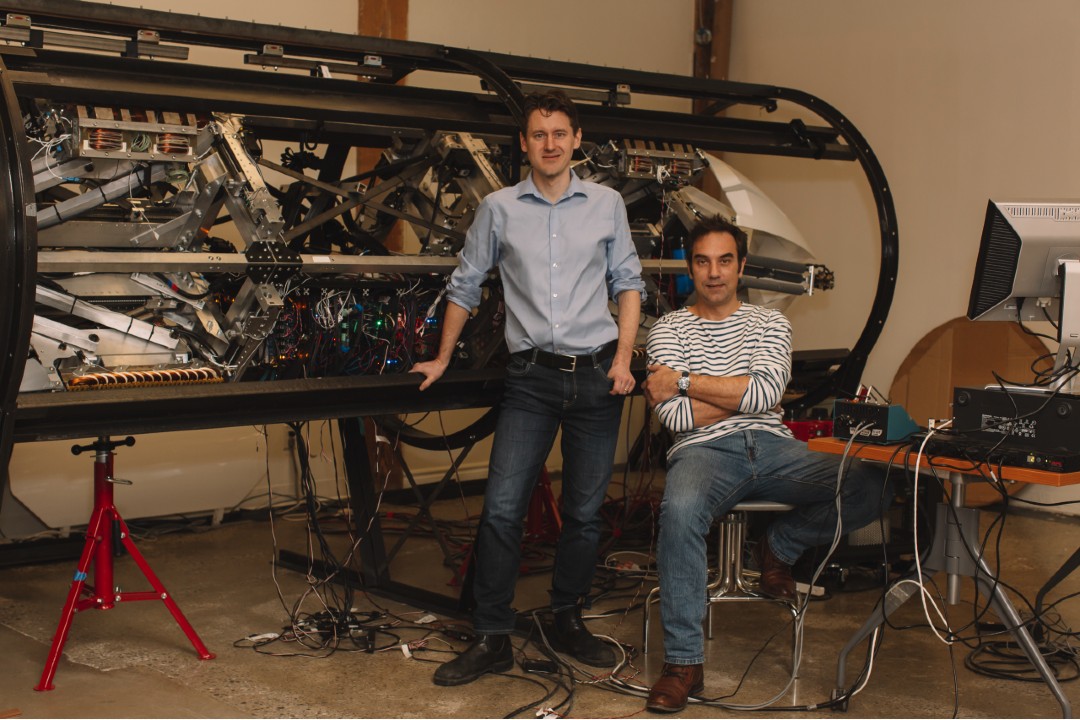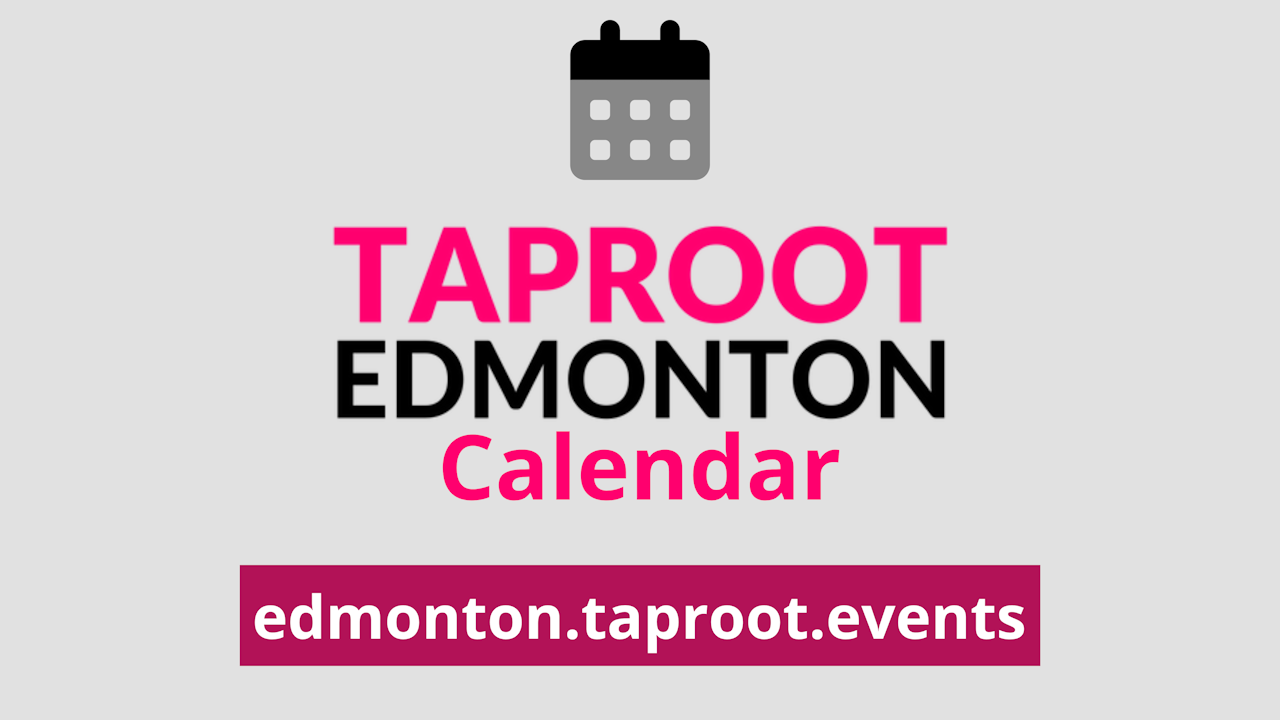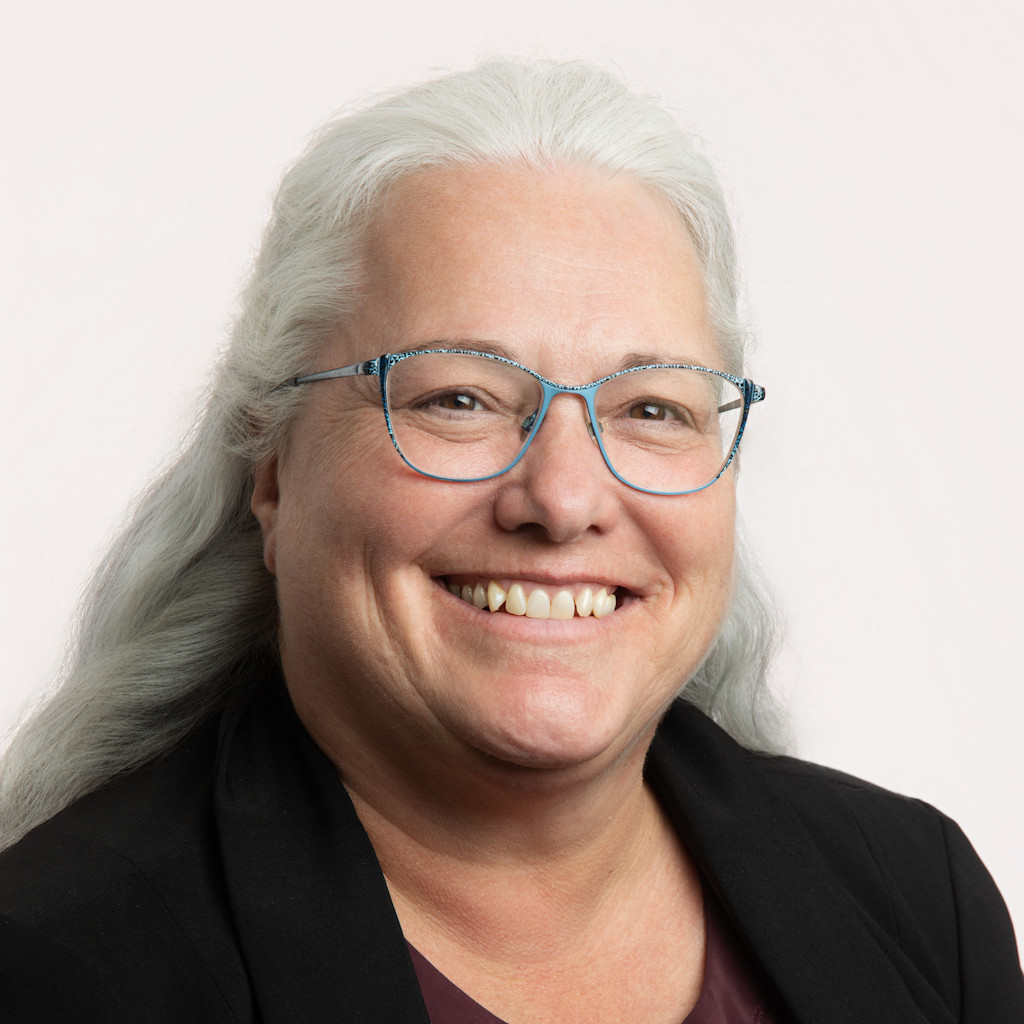
TransPod aimed for speed but points to province's rail plan for pause in building test track
The Toronto-based company that gained welcome from the provincial government in 2020 to test and build a hyperloop that would travel at 1,000 kilometres per hour between Edmonton and Calgary said it now hopes to construct a full-scale test guideway in Edmonton in 2026, after pausing for the province to complete its Passenger Rail Master Plan.
"We unveiled our first demonstrator (at one-third of the scale of the final version) two years ago, and we continue to work on it," Sebastien Gendron, the co-founder and CEO of TransPod, told Taproot. "There's actually a bigger one currently being designed, a half-scale one … In parallel, we'll also start, probably by the end of this year, the full-scale demonstrator."
In 2020, the provincial government and TransPod signed a memorandum of understanding. That memorandum committed the government to work to find the company suitable land to build a test guideway. In 2021, TransPod released a feasibility study that suggested its prototype FluxJet technology (which differs from the magnetic-levitation technology already used in China) could someday offer passengers a 45-minute trip between Alberta's two major cities. The study also suggested a hyperloop could create more than 140,000 jobs in Alberta and would cost around $22 billion.
Gendron told news media in 2023 that TransPod had stalled plans to conduct testing that year until Alberta's Railway Act recognized its technology, which would then allow it to secure land near the Edmonton International Airport.
Today, Gendron said TransPod has delayed building the testing guideway, and the investment and job creation it would mean, because the province has been working on the Passenger Rail Master Plan, which is due this summer and would potentially go into effect in the fall. "Because of the government stepping into this project (with the master plan for rail), we kind of paused a little bit to know where we're going with them," Gendron said. "Having said that, we already have the commitment from the Edmonton airport and the City of Edmonton to work with us."
Starting the prototype guideway from the Edmonton International Airport to the south side of the city will cost between $200,000 and $500,000, based on land acquisition and construction permits, Gendron said. He added that Sener, a Spanish engineering firm with experience in rail, aerospace, and data centres, estimates an infastructure cost of $1.8 million. He told CBC in February that the test alignment is agreed upon with the City of Edmonton but is also waiting on the province's rail plan. Gendron told Taproot that TransPod could begin construction on the test guideway, depending on the province's rail plan, by 2026.
Taproot asked the Ministry of Transportation and Economic Corridors for comment on the Passenger Rail Master Plan and TransPod, but did not receive a response. The province's webpage for passenger rail says the plan will examine connections between Edmonton, Calgary, the Rockies, and explore a Crown corporation "to develop the infrastructure, oversee daily operations, develop a fare collection/booking system, keep up with system maintenance, and plan for future system expansion." The page also says delivery of rail could be provided publicly, privately, or as a combination of the two.








